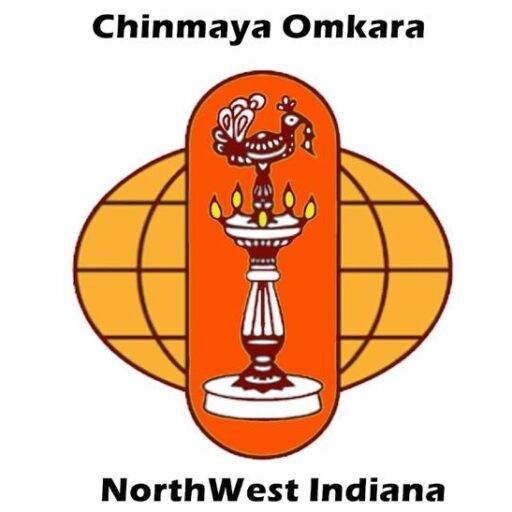What is Prioritization
Introduction:
Are you prioritizing peace (shreyas) over pleasure (preyas)?
Bhakta (Rishi) Prahlada still wanted the best for his father. In Srimad Bhagavatam Canto 7.5.30, he says:
punaḥ punaś carvita-carvaṇānām
We are experiencing the same things over and over, never realizing that there is no meaning in our actions.
What we’ve experienced in our whole life, we’ve already experienced at some point before. And this gets old, fast.
Those who are more proactive try to find more meaning and peace (shreyas) in what they do, rather than indulging in short-term experiences (preyas).
Recap:
What is Peace: Peace is knowing that your responsibilities are part of the larger puzzle that is life.
You are part of a team- when one team member is weak, the whole team becomes weaker.
What is Sin: Sin is a mis-prioritization. How to shake out of mis-prioritization? Engage in what’s most important first.
But the mind’s nature is to doubt and will come up with excuses to not do what you need to do- just do it!
What is Righteousness (dharma): What keeps us out of this “heaven” that Bhagavan Krishna describes? Kama (desire).
Wherever there is kama, there is no Rama (joy). One who has desire is not fulfilled, one who has joy is fulfilled.
Wherever there’s kama, there’s drama! The more fulfilled one is, the less serious matters become. Desire takes away from achieving quietude of mind.
Our nature is a still lake, and desire is a rock that’s thrown in the middle of the lake and causes ripples, or thoughts, that move away from the center of the lake. It incites a restlessness in our life. Kama is checked by dharma.
The path presented to Arjuna is a personal path for his unique development.
There are no accidents. Your personality type and lifestyle are matched for your development. As soon as you recognize that, you have less desires.
Prince Arjuna’s Question: Chapter 1 Verse 39
“Why should not we, who clearly see evil in the destruction of the family-units, learn to turn away from this sin, O Janardana?”
All that you know becomes your knowledge, and from that knowledge you operate.
Prince Arjuna asserts that with given what he knows, he should leave the battlefield rather than continue to fight. Prince Arjuna is operating from education, not knowledge.
Education is more surface-level and worldly, while knowledge is deeper and more subjective. Knowledge evolves into vision.
One who is ignorant has less knowledge than one who is wise. Those who are most visionary have the most knowledge.
Prince Arjuna worries that he will cause the destruction of his family, but what he doesn’t realize is that the family is already being destroyed by the Kauravas, and this is a necessary sacrifice for the greater good.
The difference between the Pandavas and the Kauravas is that while both had weaknesses, the Pandavas admitted that and asked for help.
Bhagavan Krishna’s Answer: Chapter 2, Verse 31
“Further, looking at thine own duty thou ought not to waver, for there is nothing higher for a Kshatriya than a righteous war.”
Bhagavan Krishna tells Prince Arjuna that what he should be seeing is svadharma.
Dharma is a verb: that which integrates. Svadharma is a noun: that which is. Through dharma one realizes their svadharma.
We all have different dharma, however once we integrate our dharma we will reach our changeless center and be joy.
This circumstance (Kurukshetra War) is the catalyst for Prince Arjuna to feel his svadharma.
We should not compare our circumstances to that of others. Once we realize this, we will not shake. Clarity yields simplicity.
When we stop comparing, we complain less, criticize less and cry less. Every circumstance is a test to see how powerful we can be.
Shreyas (peace) is characterized by maximum happiness for maximum people for maximum time. A Kshatriya is a leader and there are two types of leaders:
1. Those who lead others: 30% sattva (calmness), 60% rajas (aggressiveness), and 10% tamas (laziness)
2. Those who lead themselves: 60% sattva, 30% rajas and 10% tamas
Bhagavan Krishna tells Prince Arjuna that he is an ordinary Kshatriya right now, with strong rajas, but Bhagavan is trying to train him to lead himself, and as a result will become better at leading others.
Q&A
Question 1: When you see someone who’s close to you on a path towards suffering, what should we do?
· Pray
· Lead by example
· Engage in dialogue
· Accept that you cannot control them
Question 2: What is the correlation between energy levels and managing Shreyas and preyas?
· Lack of energy (physical) leads to lack of enthusiasm (mental), so practice resting more
Question 3: Can there be a situation where there are two priorities in conflict?
· Yes, and the Ramayana is an example of that
· There will always be one priority that is more Shreyas than the other, and when we make the decision to prioritize one over the other, commit to that decision and learn from it
Question 4: How do we come out of the “hole” of indulgence (preyas)
· When one’s intellect is brilliant, they are able to regulate temptation
· Out of sight, out of mind
· When you find yourself in the hole, look up and realize how lost you are
Reflection on RAW from 10/1: We can’t know what activities we engage in are wrong for us, or else we wouldn’t be doing them in the first place. Start to recognize that things are wrong more.
RAW for 10/8: Buy a physical planner.
